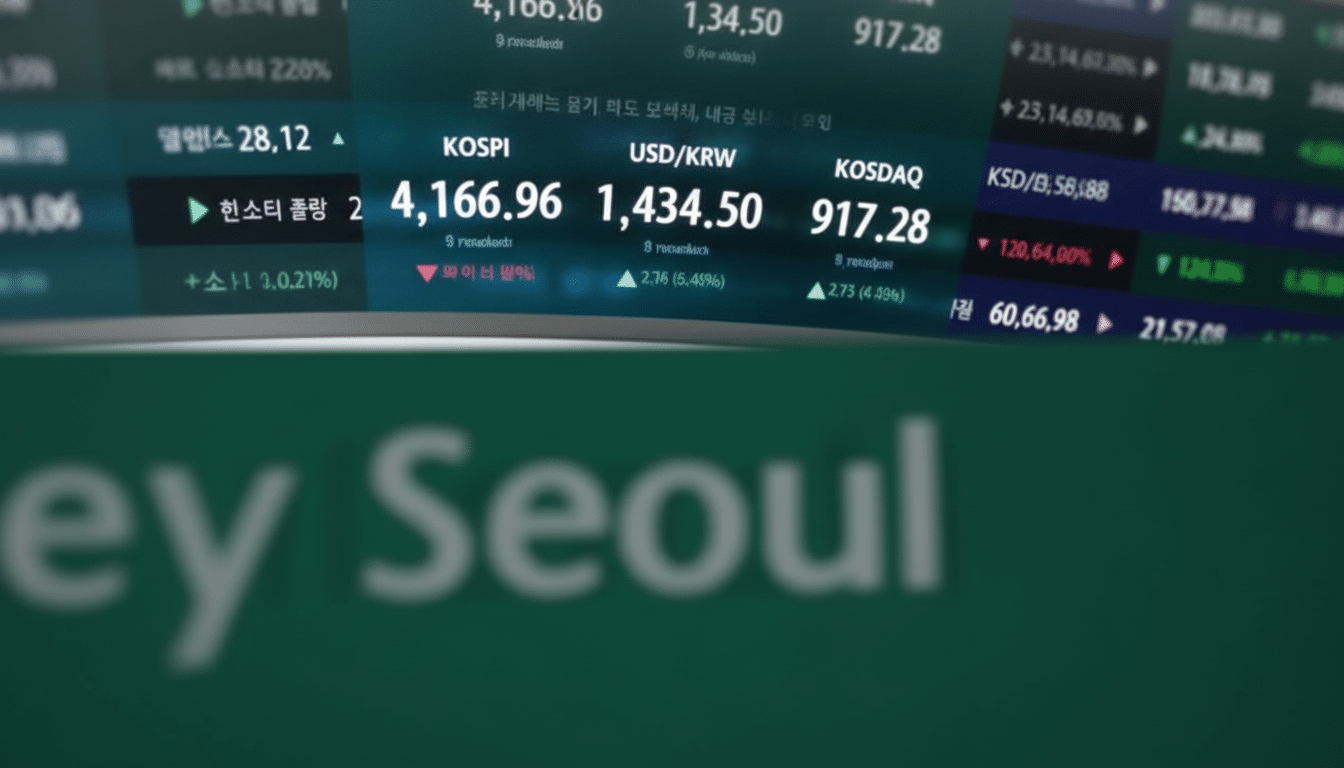After fueling the market’s surge, the artificial intelligence trade has hit a rough patch. The Nasdaq Composite has been down about 3% over recent sessions, underperforming broader indexes, as once-unassailable AI bellwethers faltered as one. Palantir dropped about 11%, Oracle fell 9%, and Nvidia lost 7%, while Meta and Microsoft each slid approximately 4%, despite commitments they will continue to invest heavily in AI. The S&P 500 and Dow posted more modest losses of 1.6% and 1.2%, respectively—suggestive of AI-specific fatigue rather than a marketwide capitulation, major financial outlets, including The Wall Street Journal, reported.
Is the AI story broken or merely priced in?
The thesis isn’t dead; the math is getting tougher. The valuations of the leading AI names have been stretched to the point that it’s not good enough, even at a higher level. Jack Ablin of Cresset Capital told the Journal that expectations are just so high that small disappointments become greatly magnified, while positive news barely registers. Now, that dynamic is running headlong into an industry shift from AI hype to AI monetization, during which investors increasingly want evidence of durable revenue and margin expansion—not just more money spent on bigger data centers and faster chips.
- Is the AI story broken or merely priced in?
- Capex continues to go up but ROI is slow coming
- Winners and laggards in AI are drawing together
- Macro and micro factors are both in the picture now
- Tangible signals investors are watching in AI markets
- Bottom line: investors want tangible, sustainable AI profits

Capex continues to go up but ROI is slow coming
Big Tech has made it clear that it will continue to spend. Among the leaders in cloud, there have been multiyear investments signaled in capital for AI infrastructure, including GPUs, custom silicon, data centers, and power, from execs at those businesses. That’s going to depress reported margins in the short term (depreciation, operating costs), even as AI-driven revenue ramps. The mismatch is infuriating for public investors who are paying nosebleed multiples now, but might have to wait a few more quarters for high-margin AI software, copilots, and agentic workflows to gain scale.
There’s also a physical bottleneck. Challenges such as power, time-to-grid, and cooling are becoming gating items for data-center build-outs. The International Energy Agency has cautioned that data center electricity consumption may skyrocket in the years ahead, introducing another potential source of cost and execution risk—even for some of the most sophisticated operators.
Winners and laggards in AI are drawing together
Current trading indicates that investors are adjusting their expectations for both sides of the AI stack. Now the enablers—semiconductor makers, networking suppliers, and landlords of cloud-based operate-from-anywhere technology—are seeing expectations tempered as supply catches up to demand and pricing stabilizes. Adopters—the software platforms and enterprise vendors hawking AI features of their own—are under scrutiny of a different kind: Are these AI add-ons expanding total addressable markets or just shifting spend? Oracle’s cloud pivot and Palantir’s AI platform have been marquee narratives, but both were punished, an indication that investors demand a clearer line of sight to incremental high-quality revenue.
Meanwhile, hyperscalers remain the fulcrum. Their guidance is the market’s readout on demand for AI, and the message thus far has been rather steady: usage is increasing but monetization will occur gradually. And sometimes the short-term composition of earnings (training vs. inference, first-party vs. partner monetization) can cause quarterly results to be lumpy, feeding volatility even when long-term fundamentals are otherwise secure.

Macro and micro factors are both in the picture now
It isn’t just AI. Risk appetite has been gored by macro headwinds—policy uncertainty, waning consumer confidence, and ceaseless layoff waves—that tend to compress multiples most rapidly in growth sectors. And the fact that the S&P 500 and Dow fell far less than the Nasdaq shows this pullback is centered where expectations were highest.
Tangible signals investors are watching in AI markets
Investors are keeping an eye on some markers.
- Conversion: Will AI pilots turn into company-wide rollouts at per-seat or usage-based pricing that boosts net retention?
- Unit economics: Are the costs of inference dropping quickly enough—be it via model efficiency, custom silicon, or orchestration—to prevent cloud margins from getting crushed?
- Width: Is AI value creation broadening out beyond a few mega-cap platforms to industry-specific applications where you pay for outcome, not novelty?
There are reasons for patience. McKinsey research has estimated that generative AI could contribute trillions of dollars in annual economic value across functions from customer service to software engineering to sales. Goldman Sachs also suggested productivity improvements from AI could significantly boost global GDP over time. Should those projections start inching closer to the predicted outcomes—well, today’s pullback will seem more like a resetting of expectations than a loss of faith.
Bottom line: investors want tangible, sustainable AI profits
Wall Street isn’t turning its back on AI; it’s asking for receipts. A 3% Nasdaq decline, in conjunction with even more severe declines for prominent names in AI, suggests investors are moving on from lofty narratives to tangible results. Until profits on new and shiny ventures reflect healthy unit economics and earn scalable monetization, the market will continue to separate AI ambition from AI profitability—and price each accordingly.

